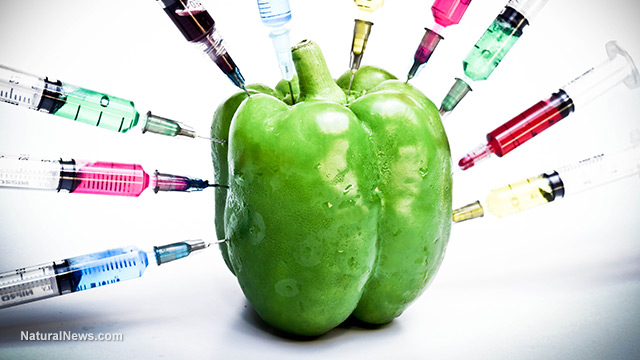Even though in most countries obesity is on the rise, undernutrition is still a prevailing problem causing many deaths. In 2016, undernutrition was responsible for nearly half of all deaths of children under age 5 (Unicef, 2016). This problem will be increased by the expected worldwide population growth 0f 35% before 2025. An increasing percentage of the population will be urban, which is likely to lead to a shift in consumption patterns from staples to processed foods, fortified with more dairy and meat, which will ultimately require a larger amount of primary foodstuffs to produce. If the current rate of annual crop yield improvement is maintained into the future, there will be a huge gap between demand and supply in 2050 (Long et al, 2015). Many scientists suggest that Genetically modified foods (GM foods) are the best bet for feeding the world, in order to reduce undernutrition and the increasing gap between supply and demand (Scientificamerican, 2015).
GM foods are foods produced using organisms whose DNA has been changed using genetic engineering. These changes in DNA include the transfer of genes within and across species boundaries to produce improved or novel organisms. This can make foods resistant to certain types of disease. Current applications of the technology are common in cash crops such as corn and soya bean, but they can go as far as GM livestock (Wikipedia, 2017).
The reason why many scientists are so optimistic about GM foods and its possibility to feed the world is that the fact that GM is currently the fastest growth sector in agriculture (The balance, 2017). GM products are more resistant to disease, stay ripe longer, and grow more robustly. Products, such as the Flavr-savr Tomato, can reduce production costs by about 20%. Livestocks can also be raised inexpensively, being fed GM crops. This cost reduction in food production and extension in time that food remains edible, can possibly feed more people worldwide. Furthermore, some GM foods are engineered in a way that they can contain more nutrients, such as calcium or protein (Healthline, 2017). This can effectively target the problem of malnutrition, since it can supply countries that do not have acces to certain types of nutrient-rich foods with the specific nutrients that are lacking in the population’s diet.
Even though there are many supporters of GM foods, concerns consist about the application of GM technology, such as the following:
- The technology is relatively new. Extensive long-term research about GM foods’ effects is therefore not available. Concerns exist about the technology’s safety, linked to allergies, cancer and antibiotic resistance (Healthline, 2017).
- It is debatable whether GM foods can reach the places where undernutrition currently is most common. This concern is twofolded. First of all, many poor countries affected by undernutrition are not able to produce GM foods themselves and also restrict import of GM products. Second, producers of GM foods mostly have profits as their first aim. They produce foods that are eaten by people in rich countries, in order to optimise their profits (The balance, 2017).
In conclusion, although GM seems a promising way to reduce world hunger, it is still restricted by several concerns. Extensive research needs to be carried out before people will truly trust the safety GM crops. Furthermore, due to economic and political reasons, GM might not be as effective as possible in reducing current undernutrition in poor countries. However, when over time the population grows, income and consumption patterns shift, and the gap between supply and demand of foods widens, GM might provide a possible solution.
Sources:
https://data.unicef.org/topic/nutrition/malnutrition/
http://www.cell.com/cell/fulltext/S0092-8674(15)00306-2
https://blogs.scientificamerican.com/food-matters/gmos-are-still-the-best-bet-for-feeding-the-world/
https://en.wikipedia.org/wiki/Genetically_modified_food
https://www.thebalance.com/can-genetically-modified-food-feed-the-world-375634
https://www.healthline.com/health/gmos-pros-and-cons#pros2

